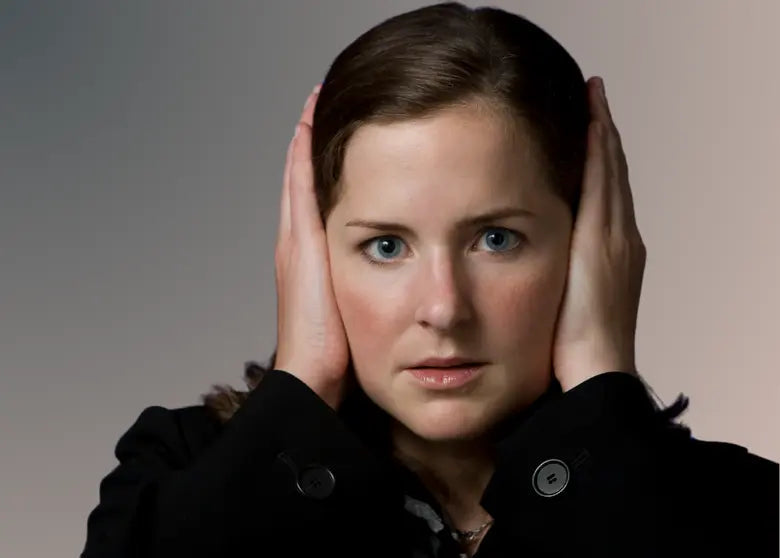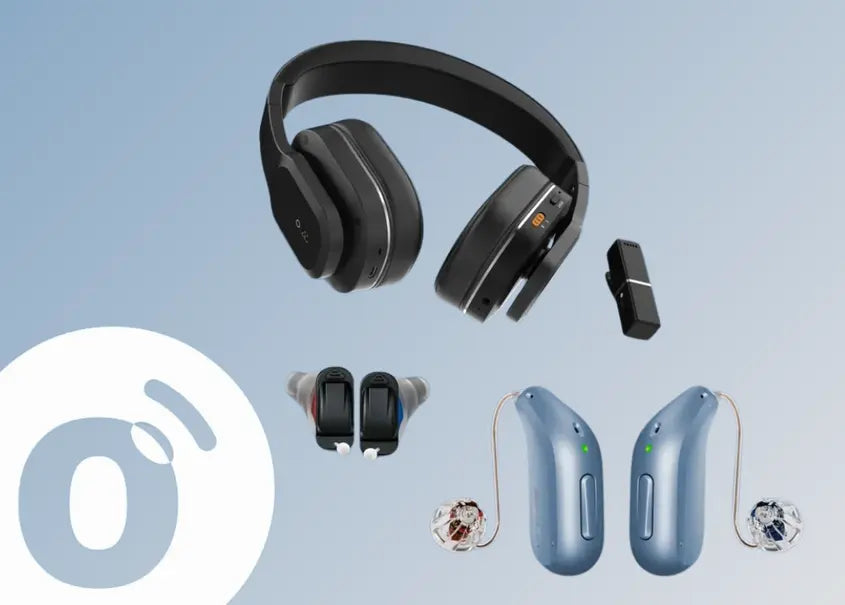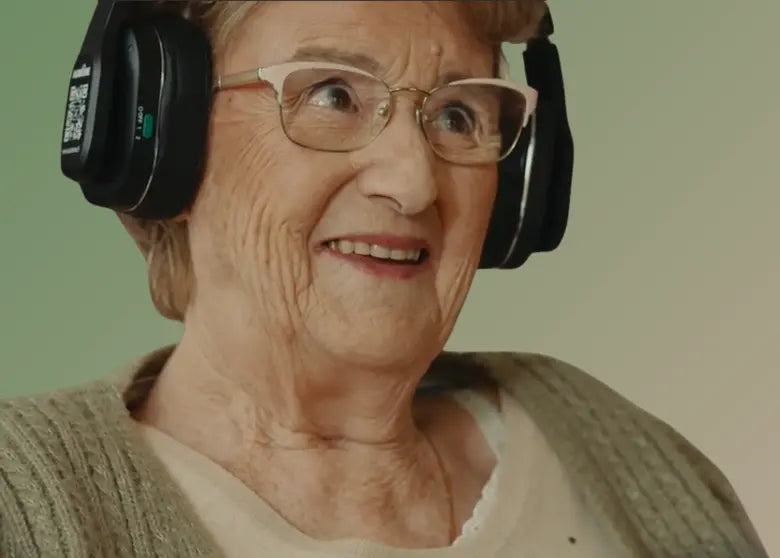Misophonia, while still poorly understood, is the cause of real distress for many people. This hearing disorder manifests itself through hypersensitivity to certain everyday sounds, causing intense emotional reactions. Fortunately, several therapeutic and technological avenues now exist to provide relief for those affected. This article offers an overview of existing solutions, from the most traditional to the most innovative.
State of play of treatments for misophonia
Before considering personalized care, it is essential to understand the current context of misophonia treatment. While the disorder is still not officially recognized, many professionals are interested in it and are developing promising interdisciplinary approaches.
Medical recognition and therapeutic pathway
Misophonia is not yet classified as a pathology in all healthcare systems, making its diagnosis and management sometimes complex. However, more and more ENT specialists, psychiatrists, and psychologists are beginning to recognize it as a neuropsychological disorder requiring specific attention. The therapeutic pathway therefore often depends on the practitioner's sensitivity and the severity of the symptoms expressed by the patient.
Recommended multidisciplinary approaches
Effective management of misophonia generally relies on a combination of skills: psychiatric assessment, behavioral therapy, auditory support, and even neurological support. This holistic approach allows for more than just symptomatic treatment, but also to address the underlying causes of the disorder and tolerance to trigger sounds.
Evaluation of the effectiveness of treatments
Each person responds differently to the proposed treatments. This is why an assessment phase is essential to identify what works best. This phase may include questionnaires, discomfort scales, or even noise tolerance tests under controlled conditions.
Latest research and perspectives
Scientific publications on misophonia have been multiplying in recent years. Researchers are particularly interested in the links between this disorder and other sensory or anxiety disorders. Recent studies are also exploring the role of certain brain structures in managing hyperreactivity to sound. These advances pave the way for more targeted treatments and better medical recognition in the near future.
Cognitive behavioral therapies
Cognitive behavioral therapies (CBT) are among the most recommended to help manage excessive emotional reactions related to misophonia. They aim to modify thoughts and behaviors in response to triggering sounds.
Principles and mechanisms of action
CBT is based on the idea that our reactions to certain stimuli can be modulated by new learning. In the case of misophonia, the work involves identifying negative automatic thoughts associated with sounds and learning to respond to them in a more peaceful manner.
Desensitization and exposure techniques
Part of the treatment may include gradual exposure to triggering sounds in a safe and controlled setting. The goal is to reduce the intensity of the emotional response over time, without causing unnecessary distress.
Cognitive restructuring of reactions to sounds
This technique allows you to reprogram irrational thoughts related to certain noises. For example, transforming a thought like "this noise is unbearable" into a more tolerable thought like "this sound is unpleasant, but I can handle it."
Duration and organization of a therapeutic program
A CBT program typically lasts between 8 and 20 sessions, with independent work between each session. It can be conducted in person or remotely, depending on the patient's preferences and abilities.
Effective complementary approaches
In addition to cognitive therapies, several alternative approaches have shown interesting results. They aim to improve emotional regulation and resilience in the face of intrusive sounds.
Acceptance and Commitment Therapy (ACT)
ACT helps people accept triggering sounds without trying to avoid them at all costs. It emphasizes engaging in actions aligned with personal values, despite hearing discomfort.
Relaxation and mindfulness techniques
Mindfulness meditation, cardiac coherence or sophrology can help reduce the intensity of emotional reactions by strengthening bodily anchoring and awareness of the present moment.
Stress management and emotional regulation
Since stress is often an aggravating factor in misophonia, support around emotional management (psychotherapy, body techniques, diet, sleep) can prove very beneficial.
Sound and hearing therapies
Some approaches use neutral or soothing sounds to counteract triggering sounds. These may include music therapy, white noise, or specific auditory stimulation provided by trained professionals.
Technological tools to manage misophonia
The development of technological solutions has opened up new opportunities for people suffering from misophonia. These tools can be used alone or in addition to therapeutic monitoring.
Specialized mobile applications
Several apps help you map your triggers, track your emotions, or practice breathing exercises. These apps are often useful for becoming aware of recurring patterns and self-regulating.
White noise generators and sound masking
These devices or apps emit neutral sounds (rain, waves, breathing) to mask distracting noises. They help reduce direct exposure to triggering sounds in a given environment.
Selective hearing protection
Unlike traditional earplugs, these devices filter out certain frequencies while allowing sounds useful for communication to pass through. They offer an attractive compromise between protection and sound comfort.
Innovations under development
Startups are working on smart headphones that can automatically identify and attenuate sounds perceived as harsh. Other innovations are exploring artificial intelligence to create a personalized sound profile.
Spokeo: a promising complementary solution
When everyday sounds become unbearable, it's essential to find practical tools to help you live better with them. This is the approach behind Spokeo, a customizable hearing solution designed for people with hypersensitivity to noise, particularly those with misophonia. Simple to use and non-medical, it supports traditional therapeutic approaches.
Sound profile customization
Thanks to a dual-conductor system (bone and air), Spokeo offers clear listening while maintaining good environmental awareness. Its remote microphone only picks up the speaker's voice, eliminating background noise that can cause strong emotional reactions.
Adaptive filtering of trigger sounds
Designed to adapt to noisy environments (meals, waiting rooms, transportation), Spokeo helps users better tolerate unexpected or irritating sounds. It allows them to resume an active social life without constant noise apprehension.
Use as an adjunct to therapies
Spokeo is not intended to replace therapy, but can be integrated as a daily comfort tool. It effectively supports therapeutic approaches or graded exposure exercises by reducing the intensity of auditory reactions.
Testimonials from users suffering from misophonia
People affected by misophonia report a real improvement in their well-being: professional meetings are now possible again, conversations are more peaceful, and they feel less tired at the end of the day. This is an easy-to-adopt solution that really changes their relationship with sound.













